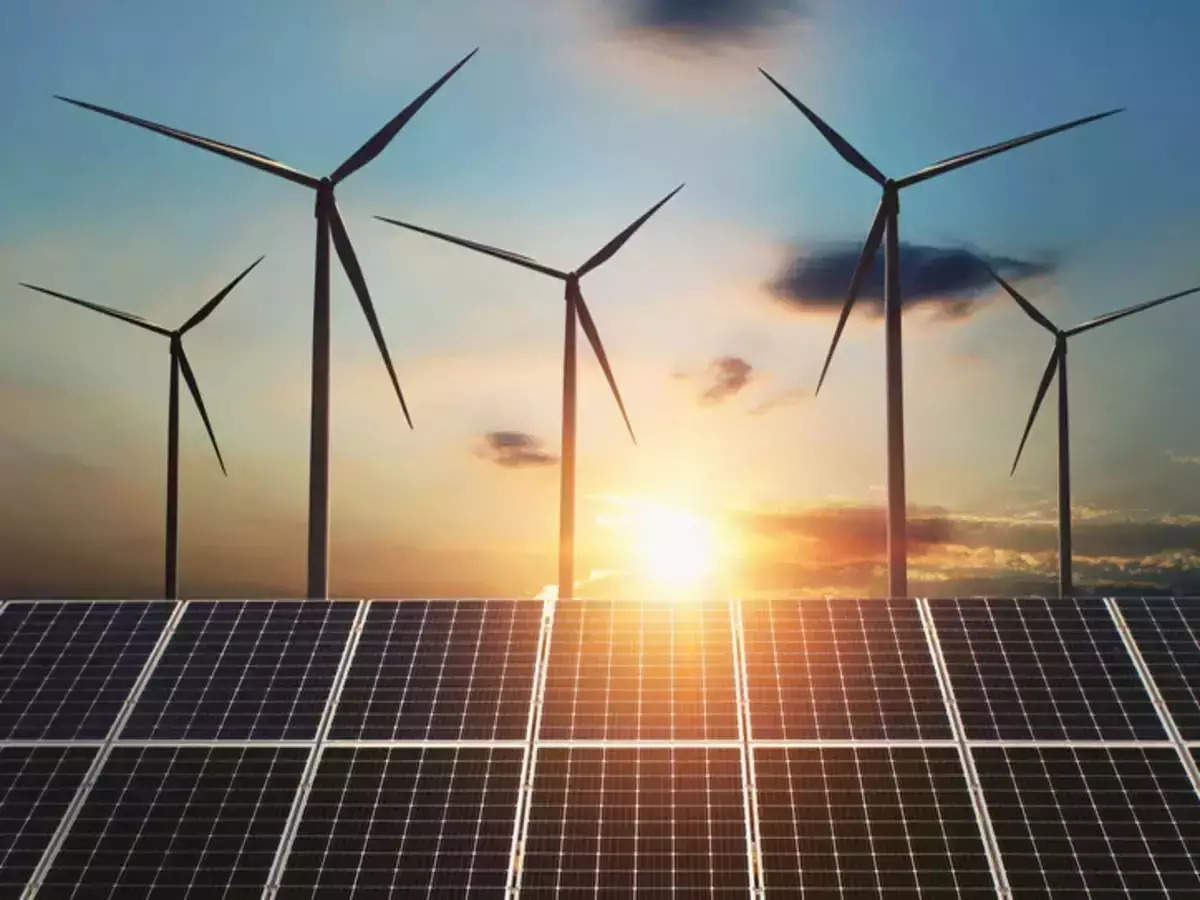Union Minister of Power and New & Renewable Energy on Monday said that India will achieve 500 gigawatts (GW) renewable energy target before time, underling that India’s current non-fossil capacity stands at 188,000 megawatts, with an additional 88,000 megawatts already under installation.
“We pledged to reach 500 gigawatts by 2030, and we are set to achieve that goal well in advance,” the Minister said.
Minister Singh noted that despite constituting 17 per cent of the world’s population, India contributes only 4 per cent to the global carbon dioxide load.
The Minister further emphasised that India’s per capita emissions are approximately 2.2 tonnes, significantly lower than the global average of 6.3 tonnes, accentuating the country’s responsible energy consumption habits.
The Minister underscored the government’s commitment to environmental stewardship. He affirmed that India is the only major global economy whose energy transition actions are aligned with limiting the global temperature rise to under two degrees Celsius.
Moreover, he also mentioned India’s achievement of all its Nationally Determined Contributions (NDCs) nearly a decade earlier than committed.
Speaking on occasion, Bhupinder Singh Bhalla, Secretary of the Ministry of New and Renewable Energy, delineated India’s accelerated renewable energy capacity addition strategy.
“Last year, we achieved a renewable energy capacity addition of 15 gigawatts. This year, we are targeting an increase to 25 gigawatts, with plans to escalate it further to 40 gigawatts next year,” said Secretary Bhalla.
He alluded to the annual bidding trajectory for the next five years, aiming for 50 gigawatts of new capacity each year, including at least 10 gigawatts in the wind sector.
President of FICCI and Managing Director of Indian Metals & Ferro Alloys Subhrakant Panda outlined PM Narendra Modi’s Panchamrit statement at COP26, demonstrating India’s commitment to achieve Net Zero by 2070.
Advertisement
“There is a strong commitment at the highest level, and I will not be surprised if targets are met well ahead of schedule. India’s focus is not solely on economic growth, but rather on inclusive, sustainable, and resilient growth”, he said.
In addition, he noted the significant interest in India’s renewable energy space from domestic and international investors as companies address decarbonisation.
“FICCI is actively engaged in several areas offering support to initiatives like the Green Hydrogen Mission, the PLI scheme for energy storage and solar equipment, guidelines and standards for EVs and charging infrastructure”, he added.
“We will require investments upwards of rupees 20 trillion in transmission networks, evacuation infrastructure, and energy storage system, among others”, Panda said.
“There needs to be a continuous focus on ease of doing business measures, especially in the areas of land availability, regulatory clearances, statutory requirements, and penal provisions,” he said.
Shivanand Nimbargi, Chair of FICCI Renewable Energy CEOs Council and Managing Director and CEO of Ayana Renewable Power, expressed unwavering confidence in India’s trajectory towards renewable energy targets.
He noted that the focus remains on transforming India’s energy landscape, and significant strides have already been made. However, he underlined that the path to 2070 required enormous financial investment.
“We would be needing hundreds of gigawatts in terms of realizing our dream of net zero by 2070. And in terms of the investment itself, I think we are looking at a huge investment, something like 14 to 17 trillion $ between now and then”, he added.
The event also saw the launch of the FICCI Deloitte report – India’s energy-transition pathways: A net-zero perspective. The report posits that India’s final energy demand is expected to double to about 1200 million tonnes of oil equivalent (Mtoe) by 2070 in a net-zero scenario with aggressive energy efficiency measures.
The report estimates India will require a massive US$ 15 trillion investment to achieve its net-zero emissions target by 2070. It highlights three fundamental pillars that anchor India’s energy transition ambitions and are expected to address approximately 90 pc of the nation’s emissions. These pillars are grid decarbonisation, industrial decarbonisation, and transport transition.
Dilip Oommen, Executive Vice President, Arcelor Mittal, and CEO, AM/NS India, emphasised the delicate balance between growth and decarbonisation.”Both economic and ecological concerns must go hand in hand,” he stated.
Highlighting hydrogen as a viable but costly solution, Oommen focused on reducing the cost of renewable energy, a key factor in green hydrogen production. He also cited the potential of natural gas during the transition period and the role of carbon trading to incentivise green initiatives.
Didier Vanderhasselt, Ambassador of the Kingdom of Belgium to India, Dr Philipp Ackermann, Ambassador of the Federal Republic of Germany to India, and Pinaki Bhattacharyya, senior member, FICCI RE CEOs Council and MD and CEO, AmpIn Energy Transition were also present on the occasion.











